Course
Deep learning is one of today’s hottest topics in data science. A subfield of machine learning, deep learning focuses on powerful algorithms inspired by the structure and function of the human brain called neural networks.
Most of the advances in artificial intelligence in the last few years have come from deep learning. Neural networks are behind some of the most disruptive and awe-inspiring applications, including autonomous cars, chatbots, image recognition, and robotics. And, with the latest developments in generative AI, the field of deep learning is under more scrutiny than ever before.
Knowing the theory and practice of neural networks is rapidly becoming a mandatory step in the learning journey of data scientists and other data professionals. However, deep learning is a complicated topic that requires determination and a certain degree of abstraction to learn.
Here’s our list of 10 essential deep learning books that will help you become an expert in the field, no matter your current skill level. If you’re craving more recommendations, you can also check out our list of the best machine learning books to read in 2026.
Deep Learning Books in Python
Let's first look at books in Python.
1. Deep Learning with Python
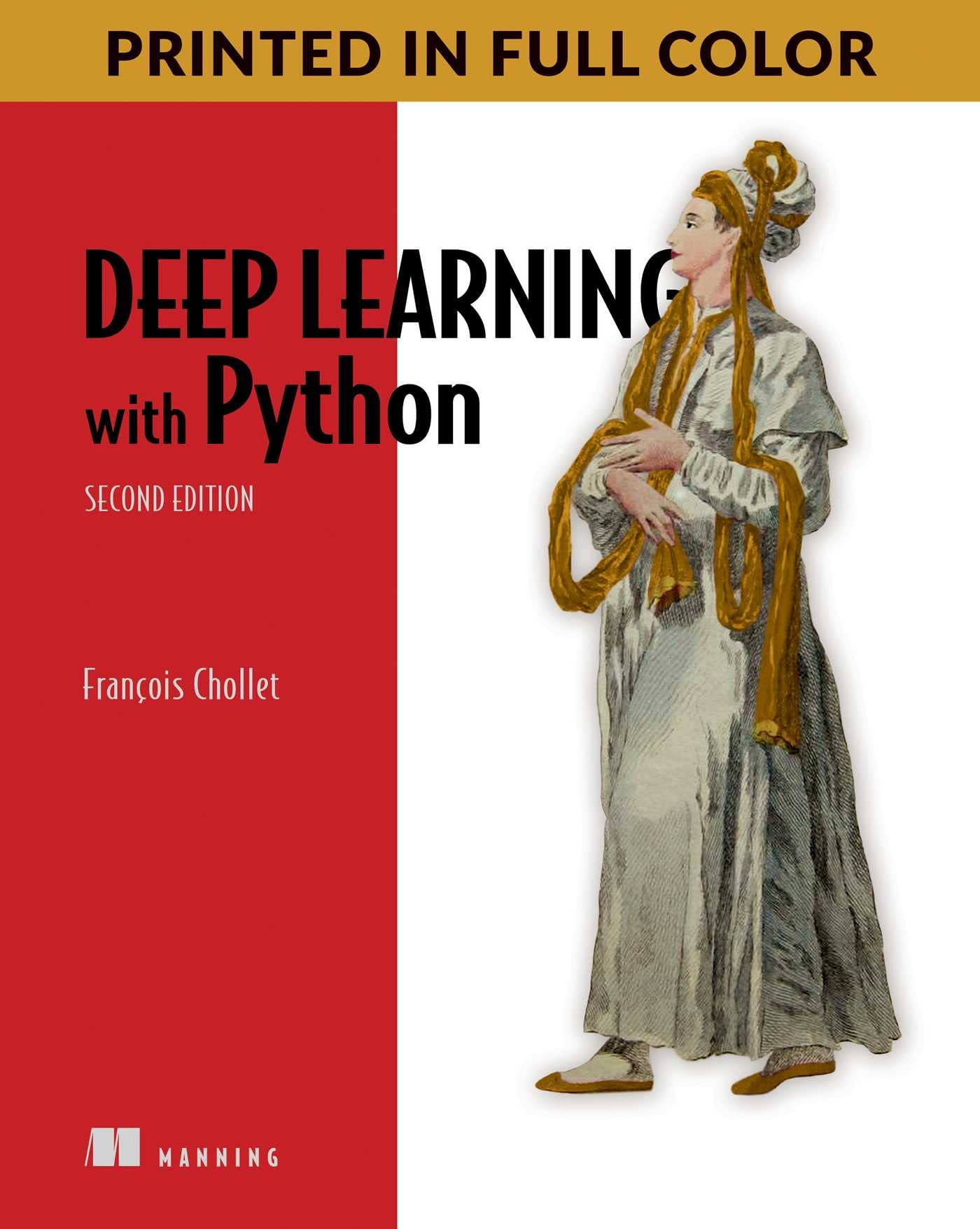
Author: François Chollet
Year: First published in 2017; updated in 2021
First published in 2017, Deep Learning with Python rapidly became a bestselling book, and its October 2021 update is packed with more insights and practical techniques. François Chollet, the creator of the popular deep learning framework Keras, explores the field of deep learning with insights for both newcomers and senior machine learning practitioners.
With a pleasant and simple style, the second edition of Deep Learning with Python comes with new updates reflecting recent developments in the field. Throughout the pages, you will find intuitive explanations, color illustrations, and coding examples based on Python, Keras, and TensorFlow that provide you with everything you need to get started in deep learning. You can also get started with Tensorflow and Keras by checking out the Deep Learning Python Skill Track on DataCamp.
2. Grokking Deep Learning

Author: Andrew W. Trask
Year: 2019
Grokking Deep Learning gives one of the most beginner-friendly introductions to deep learning. The book teaches you how to build neural networks from scratch, combining intuitive theory with coding samples while notably using only Python and its popular math-supporting library NumPy.
Covering use cases that range from processing images to translating text into different languages, the book is a great resource for starting your deep learning journey before you’re ready to move on to more complex frameworks.
3. Neural Networks and Deep Learning
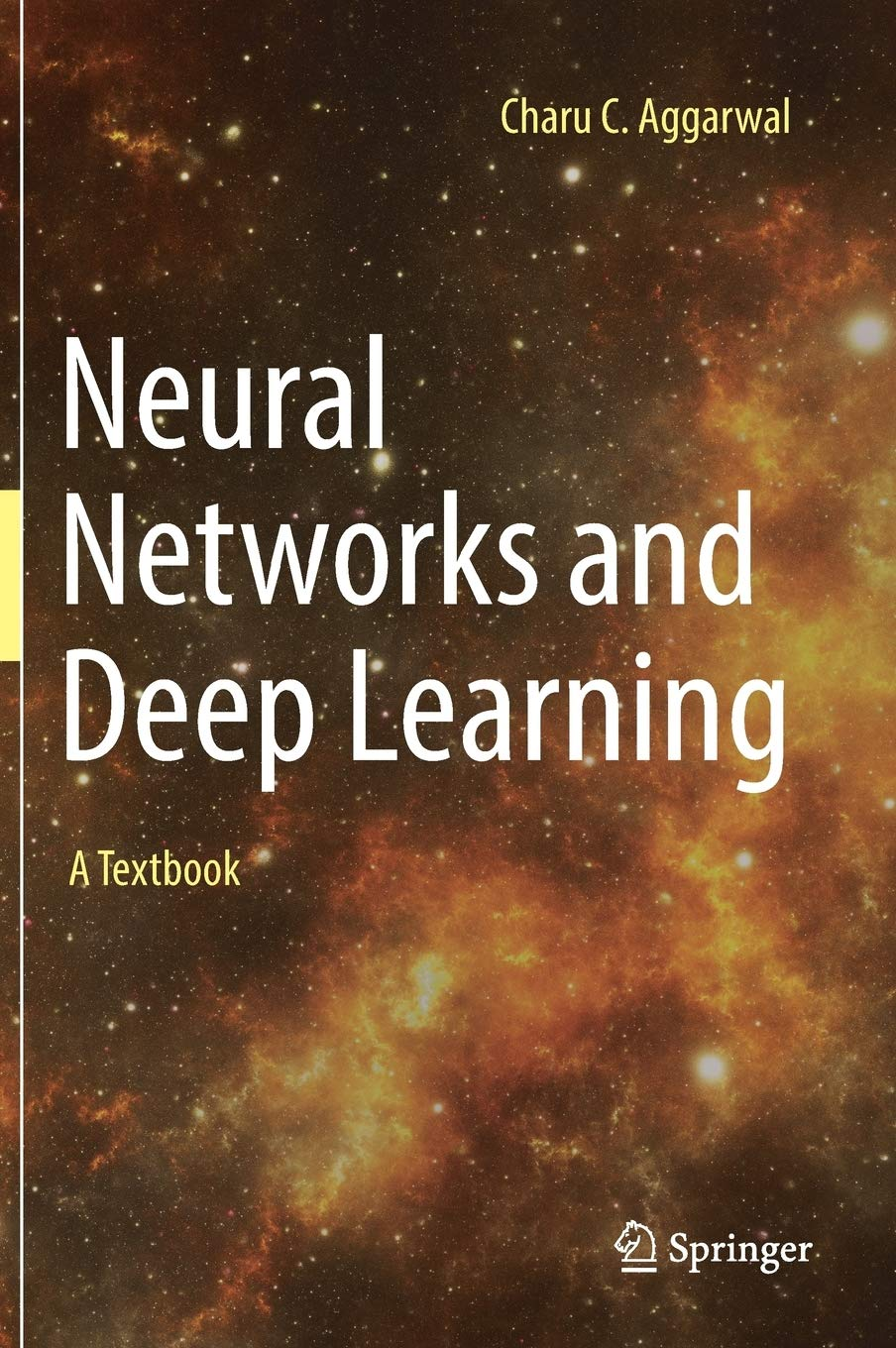
Author: Charu C. Aggarwal
Year: 2018
Neural Networks and Deep Learning is another great resource for those who are taking their first steps in the world of deep learning. The book covers the most important deep learning algorithms with a balanced and accessible combination of theory, math, and Python code examples. It discusses the relationship between neural networks and traditional machine learning algorithms. Particularly well-suited for students, the book is written in a textbook style and includes exercises, a solution manual, and instructor slides.
4. Fundamentals of Deep Learning
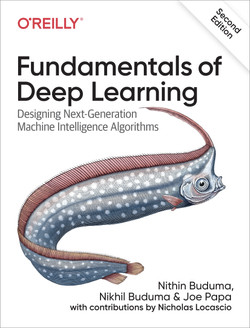
Authors: Nithin Buduma, Nikhil Buduma, and Joe Papa
Year: 2017
When neural networks first started to deliver magical results in the 2010s, deep learning became the forefront of artificial intelligence. Today, deep learning is an active area of research, powering some of the most innovative applications in data science. However, deep learning is often seen as a discipline restricted to professionals with PhD-level knowledge of machine learning and mathematics because of its complexity. Fundamentals of Deep Learning proves the opposite.
The book aims at introducing the discipline without technical jargon. Based on practical, Python-based code examples, the book will take you through some of the most common use-cases of deep learning, from processing images and analyzing text to building reinforcement learning models.
5. Deep Learning
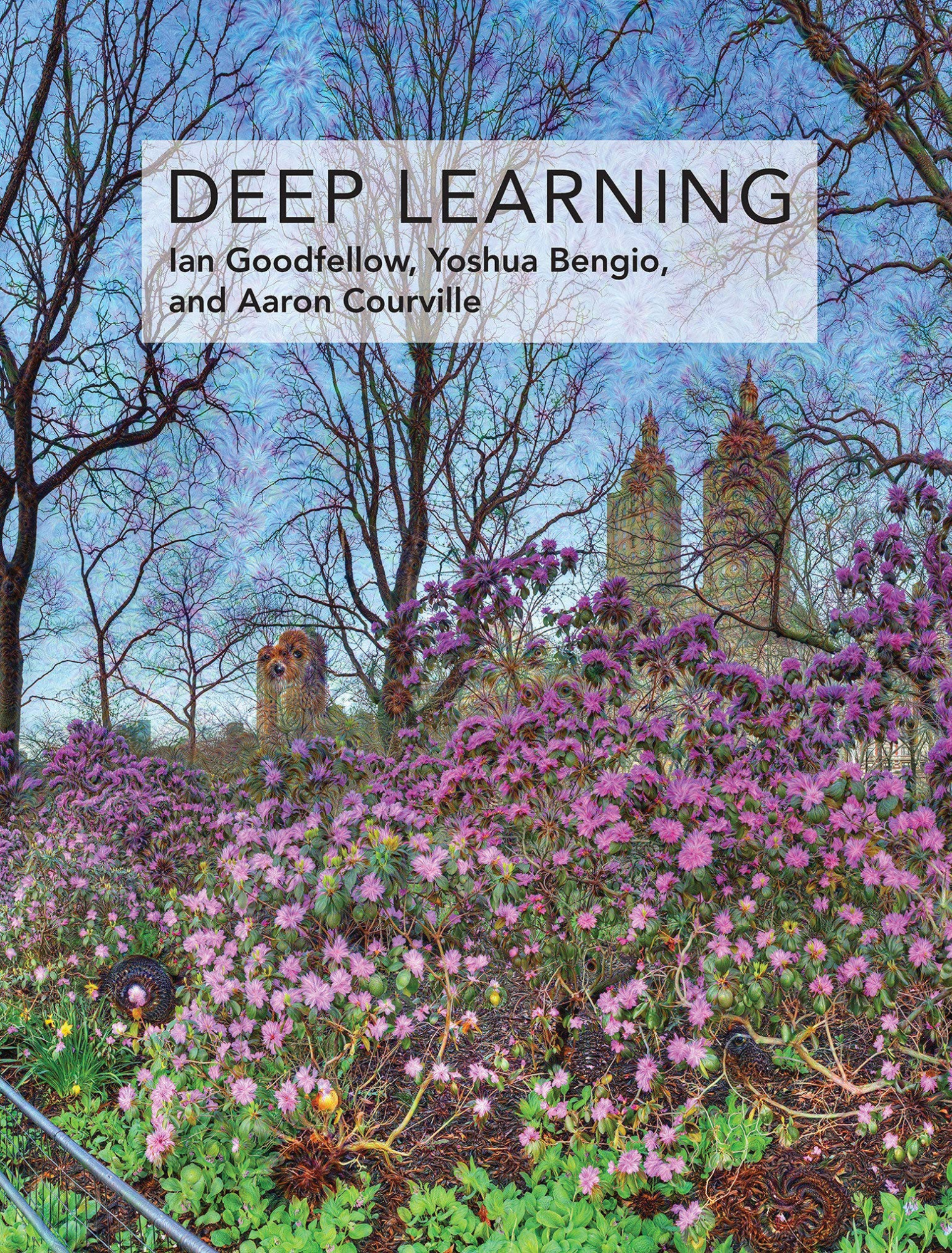
Authors: Ian Goodfellow, Yoshua Bengio, and Aaron Courville
Year: 2016
Any list of essential deep learning resources would be incomplete without this book. Most deep learning guides include code and practical examples. In contrast, Deep Learning by Goodfellow, Bengio, and Courvilleis a completely theoretical and deeply academic book, often indexed in the bibliography of deep learning courses in universities worldwide.
The book is intended to help students and practitioners enter the field of machine learning in general and deep learning in particular. It reviews the basic concepts of machine learning, the applied mathematics required for its development, algorithms, deep learning techniques, and current research trends in this field. You can even find a free online version here.
6. Deep Learning from Scratch
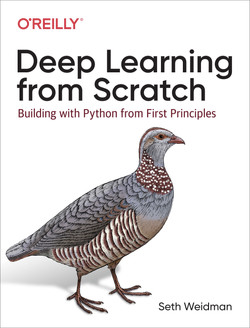
Author: Seth Weidman
Year: 2019
This is the perfect book for you if you’re a data scientist with machine learning expertise who wants to step into deep learning. Deep Learning from Scratch provides a comprehensive introduction to deep learning for data scientists and other data professionals who are already familiar with machine learning.
Starting from the fundamentals of deep learning, the book moves quickly to advanced concepts, models, and architectures for developing neural networks. The book is certainly challenging, as it leads the reader through theoretical, mathematical, and conceptual explanations, but the results are all the more rewarding. The book also includes numerous examples using the popular deep learning framework PyTorch.
7. Deep Learning: A Practitioner's Approach
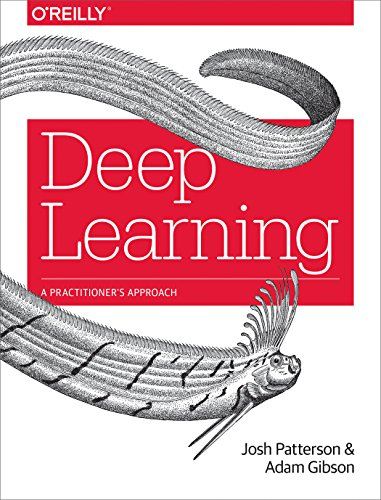
Authors: Josh Patterson and Adam Gibson
Year: 2017
One of the biggest challenges companies face when dealing with machine learning and deep learning is developing and deploying scalable and easily maintainable models. Deep Learning: A Practitioner's Approach tries to address this issue, resulting in one of the most practical guides on the subject. The book blends together deep learning theory, industry best practices, and a handful of use cases presented in a nonacademic manner.
An important note is that the book includes code examples implemented in DL4J, the authors’ open-source framework for developing production-class deep learning workflows. Since DL4J runs on the Java Virtual Machine, the book provides a great opportunity to try Java's possibilities for deep learning.
8. Deep Learning for Coders with fastai and PyTorch
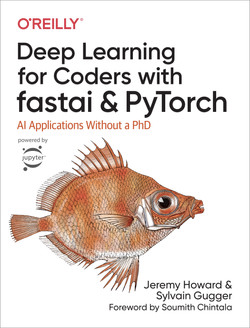
Authors: Jeremy Howard and Sylvain Gugger
Year: 2020
Deep learning is not only a rapidly evolving field, but it’s also becoming more accessible. Thanks to the development of intuitive, user-friendly libraries and interfaces, it’s no longer necessary to have a Ph.D. in math or computer science to work in deep learning.
One of these tools is fastai, the first library to provide a consistent interface for the most frequently used deep learning applications. Deep Learning for Coders with fastai and PyTorch is a hands-on guide to developing deep learning models with little math background, small amounts of data, and minimal code. Besides the coding examples, the book also covers deep learning theory that will help you understand the science behind neural networks.
9. Deep Learning Illustrated
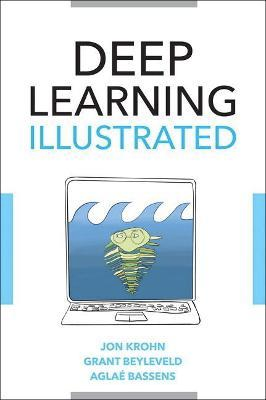
Authors: Jon Krohn, Grant Beyleveld, and Aglaé Bassens
Year: 2019
A picture is worth a thousand words. That’s the idea behind Deep Learning Illustrated, a unique resource to learn the techniques and applications of deep learning using intuitive visual representations.
Packed with colorful illustrations and character-focused narratives, the book abstracts away much of the discipline's complexity, making it accessible to a broader public. Technical jargon is minimal, and applications are supported by hands-on Jupyter Notebooks with Python code. The book introduces some of the most popular deep learning frameworks, including TensorFlow, Keras, and PyTorch.
10. Hands-On Machine Learning With Scikit-Learn, Keras, and Tensorflow
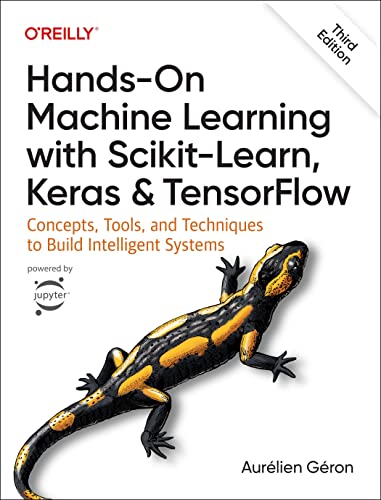
Author: Aurélien Géron
Year: Latest edition 2019
The book gives a practical guide to deep learning for beginners. Hands-on Machine Learning uses Python frameworks like Scikit-Learn and TensorFlow to teach you how to develop machine learning programs. You'll learn various techniques, from simple linear regression to complex deep neural networks, with hands-on exercises in each chapter. By the end of the book, you'll be able to build and scale deep neural nets.
Deep Learning Books in R
There are also great options for R programmers:
11. Deep Learning with R

Authors: François Chollet, Tomasz Kalinowski, and J. J. Allaire
Year: 2018 (2nd edition 2022)
While Python is often cited as the go-to language for deep learning, the R programming language also offers capabilities to build powerful neural networks. Deep Learning with R is based on François Chollet’s bestselling Deep Learning with Python. Deep learning expert Tomasz Kalinowski has done excellent work translating the code and examples to the R language. Similar to the Python book, Deep Learning with R is a great reference resource for both novices and experienced machine learning practitioners.
12. Deep Learning and Scientific Computing with R torch
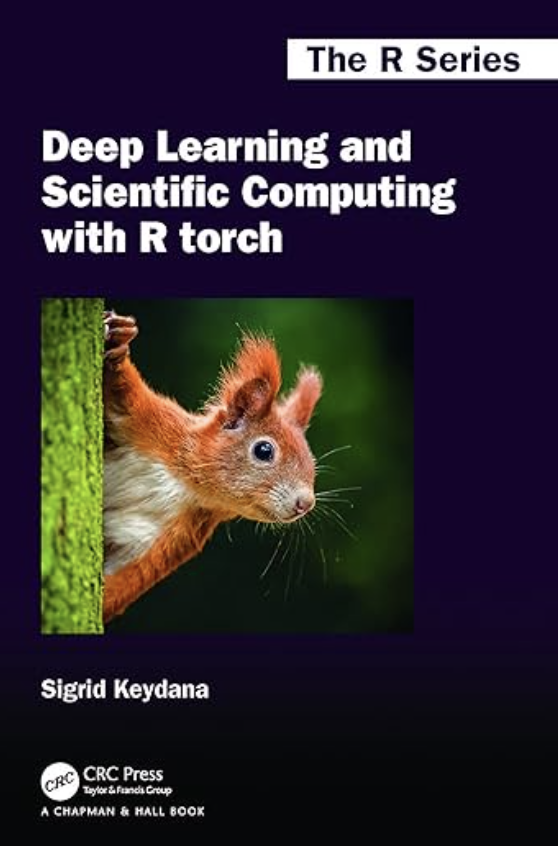
torch package. It is really designed for R programmers who want to use GPU-accelerated neural networks directly in R instead of using Python and PyTorch.Learn More About Deep Learning
Deep learning is an important part of the data science toolkit. Learning it is a smart move to boost your career prospects and build interesting applications. Books are great resources to get started or become a deep learning expert, but you should also consider other ways to learn. Check out the following resources to get you started on your deep learning journey.
- Our course catalog with +380 data science courses covering programming, machine learning, deep learning, and more.
- Read our article with the Top Machine Learning books
- Check out our Machine Learning Tutorials
- Subscribe to the DataFramed podcast
- Check out our Machine Learning Cheat Sheet
